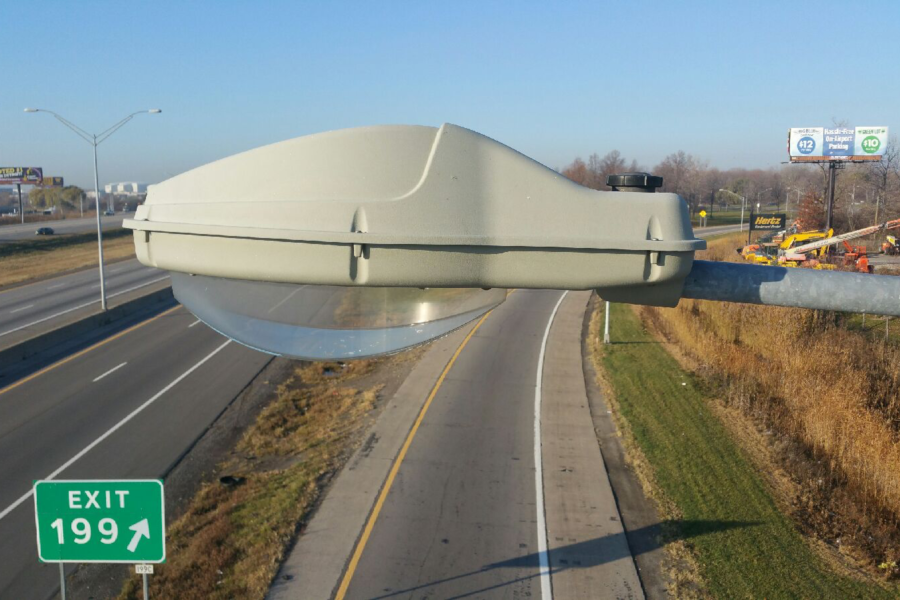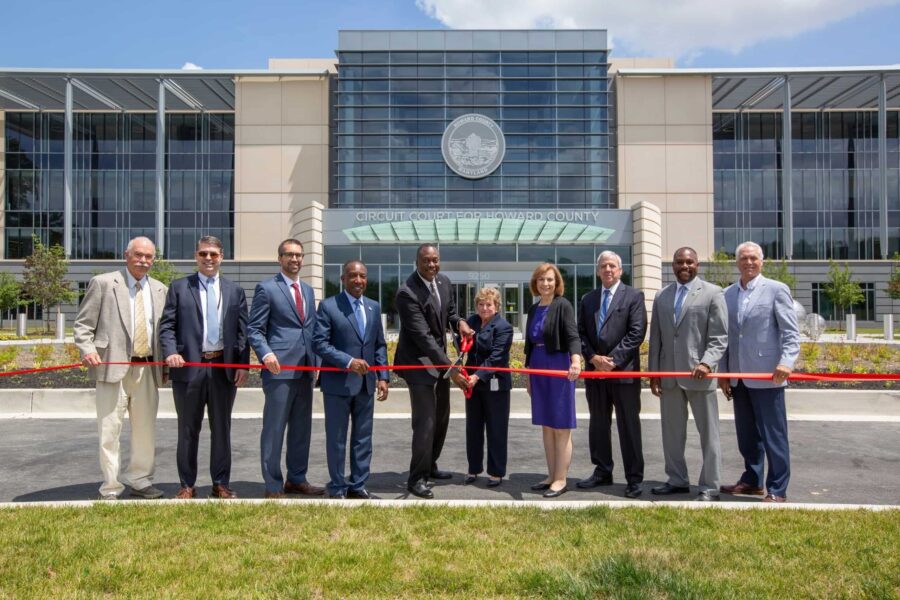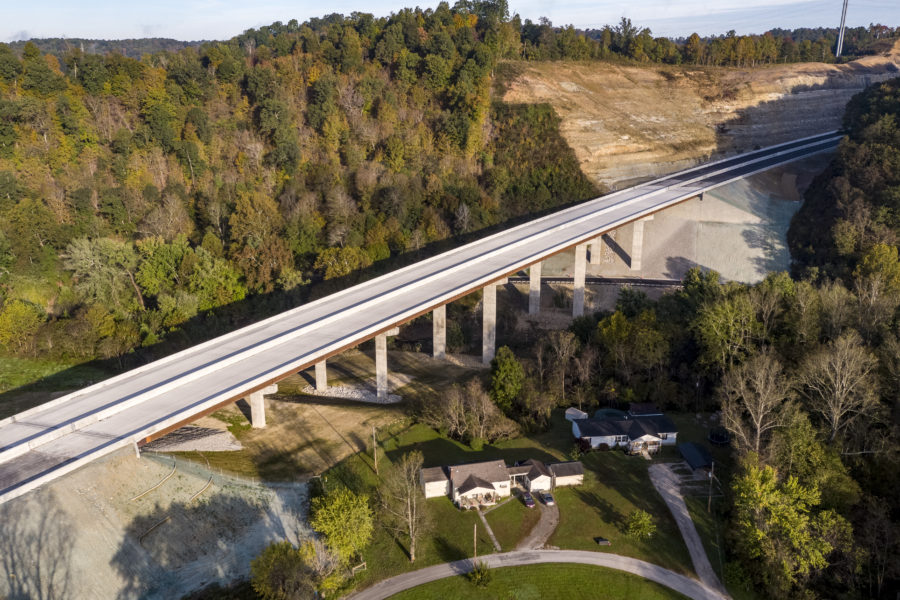Helping shape communities for the better
Investing in projects with environmentally positive features, sustainable design, construction, operations, and maintenance.
–
Constructing projects in a responsible manner, with minimal impact to natural habitats.
–
A holistic approach that considers potential environmental risks within the asset life cycle to make our assets resilient to climate-related hazards.




